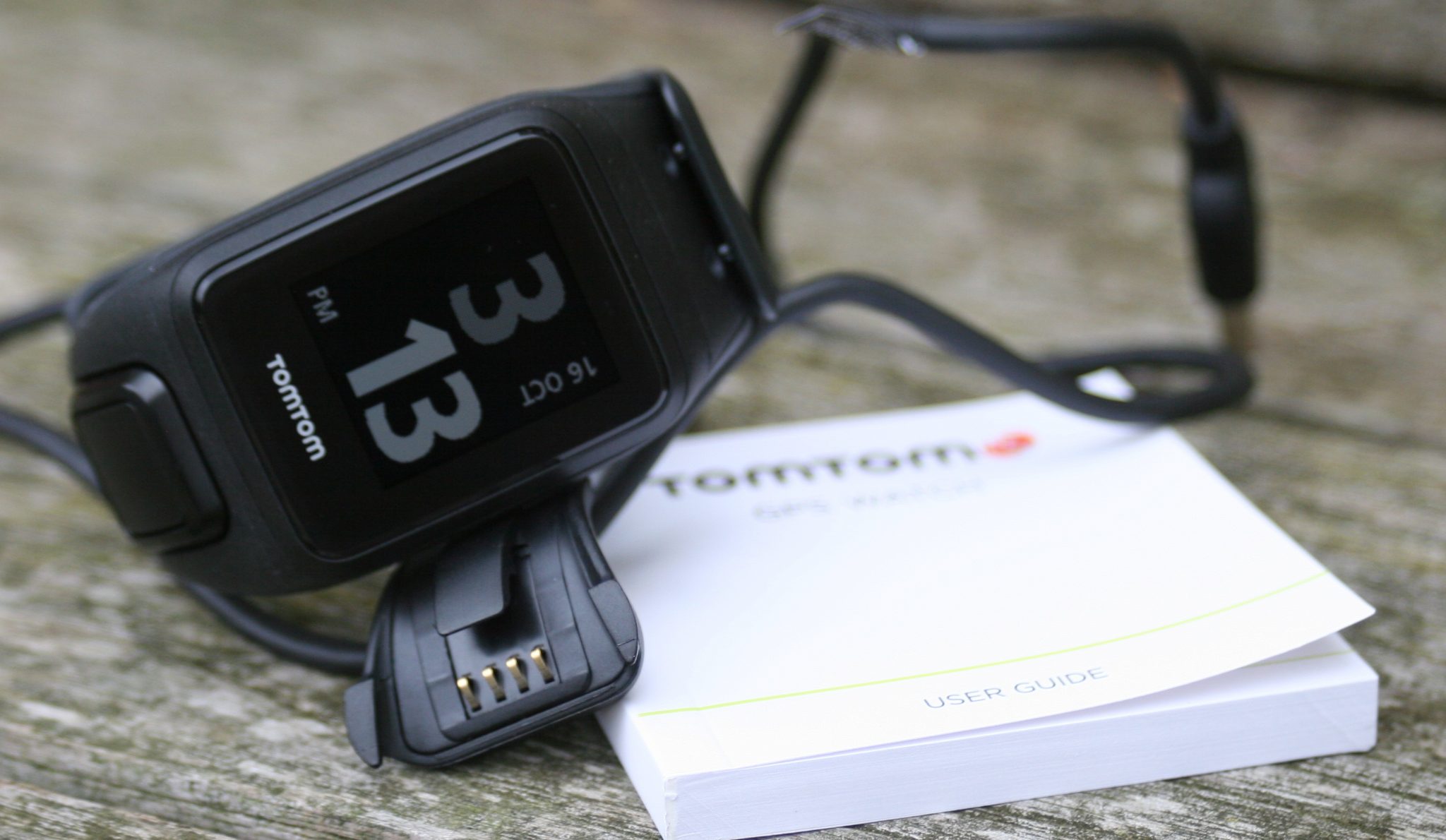Wow. I really have run out of things to write about 🙂
Our sports watches have this problem. It’s called a ‘battery’. Whether it’s Lithium-ion or lead acid, doesn’t matter. There’s probably going to be nothing THAT much different that will come along anytime soon…OK there could be aluminium-carbon or something exotic but probably not SOON. Most of the improvements will be in consuming less of the limited juice either through software or more efficient chips.
We’re left with either the good old replaceable CR2032/2035 chest strap type battery (or smaller) or some form of rechargeable battery.

In a sports watch the penny batteries hold the lure of longevity. They can last for several months. This was the case with my very old Polar S720i and fairly old Polar RCX3. I’m never quite sure why everyone went away from these batteries. They lasted forever.
Indeed the Powertap P1 powermeter-pedals each use a AAA battery. Which is nice but THEY don’t last so long and then it can always be a bit annoying if you have to ride and you have no spare batteries.
So, anyway, back to sports watches. They mostly have user-rechargeable and non-replaceable batteries. This then causes a few problems

A proprietary charging cradle is needed.
Although, on the positive side, these cradles’ functions can typically be combined with a fairly reliable means of transferring data to computers. It’s just the ‘proprietary’ bit that’s really annoying especially when you lose the cradle.
With WIFI data uploading and Bluetooth-to-smartphone uploading then cradle becomes slightly less attractive to the manufacturer. It is, after all, another ‘bit’ to source and sell and in the WIFI case the cradle becomes JUST a charging device.

So Polar frequently use a universally standard micro USB port.
Leaving stories of Polar’s USB port being a bit dodgy on the M400 to one side, then this initially seems like a great idea. My Polar A360 just came as-is, literally JUST the A360 no heart rate strap, no cradle and no cable (well it DID come with a cable but there was no need to).

Definitely going to lose that cover
I don’t know about you but I have 10s of micro USB cables lying around. I even have a 2-gang wall socket that ALSO has 2x USB sockets built in. THAT’S how sad I really am: 4x simultaneous devices charging on one socket. But the problem then becomes water ingress rather than charging.
The micro USBs then require some form of fiddly, removable and possibly-losable USB port cover. These try to keep the water out. Same is true on, for example, the bePRO power meter pedals…micro USB and worrying (but so far so good) USB cover.

I just don’t fancy going swimming with a micro USB port. Even riding a bike on a very wet day is worrying with the same port on your pedals.
So really it just seems that the charging cradle is the best way forwards.
BUT what we really need a bit of standardisation between manufacturers. Which, of course, is not going to happen. And even if it did, Apple would find a way to make one slightly differently and charge a King’s ransom for it. Grrrrrrr.
Solar Charging? Err, yes, if you have a week to wait or a very large solar array you can lug around with you. What about cloudy days? Yes I know they do charge on cloudy days but more slowly. What about nights?…got you there. Solar can never be a sole charging technology.
Wireless charging could be a solution. It seems like alchemaic wizardry to me; I’m sure an engineer can explain how it works. I’m not a believer yet. They must have an invisible wire or something.
So.
“What do we want?”
“A standards-based universal charging cradle”
“When do we want it?”
“Now!……..Next year? The year after? Whenever’s convenient? Never?”
“Yep. Never”
Bring back CR2032s. They’re cheap and I’ve got a drawer-full anyway.

” a bit dodgy on the M400″
I’ve seen three RC3 GPS units die of “usbsocketitis” so it’s certainly not an M400 issue. Polar just don’t seem to be able to do USB sockets. What I find odd is that USB is a standard and the proprietary bit is just different arrangements of 4 pins. All we need then in theory is something which connects to 4 copper pads without needing a specific watch shape. Surely that’s not beyond the wit of engineers? the round shape of the one on the v800 with something to stop attaching the wrong way around would seem ideal, and then just a way to clip it in place. Let’s use the same closure as the old coin cell cover, with a 2mm twist to open/close. This would allow for a very shallow socket while also allowing a wearable charge cable and universal access as well as being waterproof because it would be wider than it is deep.